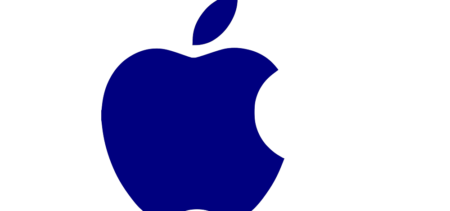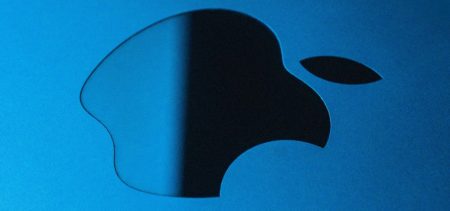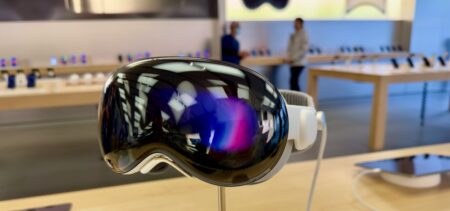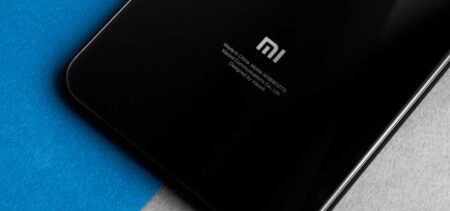In a tweet that was a surprise to pretty much no-one, Microsoft Corporate VP of Windows Joe Belfiore confirmed that Windows 10 Mobile, the company’s smartphone operating system, is essentially dead. While the company would continue to support the platform for an undisclosed period of time, it would not work on any new features or hardware moving forward.
For Microsoft this is undoubtedly a failure. For other companies, this could be a cautionary tale. Windows Mobile’s decline has been riddled with mistakes and mishaps that pushed the OS deeper and deeper into the ground. Below you will find some lessons that can be drawn from Microsoft’s efforts to earn a notable spot on the mobile market.
1. Anticipate or react quickly to trends
We all know that following a trend on time – or going against it – can give a business a huge boost. Well, Microsoft started on the wrong foot by waiting too long to dive into the mobile market. Apple and Google were already adopting a mobile-centric strategy while Microsoft was still focusing on PCs. By the time the company finally reacted, iOS and Android were already dominating the market, and Windows Mobile was not enticing enough to make a significant number of users jump ship for reasons you’ll see below.
2. Listen to your customers
The customer might not always be right, but that doesn’t mean you shouldn’t be listening closely. This seems to be difficult for Microsoft in general, with moves such as implementing the notorious tile layout in Windows 8 for PC and forcing Windows 10 updates on existing customers. Similarly, the company failed to address its customers’ main complaints related to its mobile OS, specifically the limited app offering, as well as the discontinued support for many existing apps. In response to a customer tweet complaining about the lack of apps, Joe Belfiore stated that the company tried to stimulate app creation by paying devs and developing applications for them, but the volume of users was just too low for most companies to invest. This brings us back to point 1: because Microsoft’s mobile offering launched late and with no real appeal compared to competitors, it ended up attracting a small number of users. Because of the small user base, companies did not invest in developing apps for the platform. This lack of apps ended up being the main drawback that kept users from switching to Windows Mobile. That vicious circle ended up running Windows Mobile into the ground.
3. Don’t make promises you can’t keep
Before Windows 10’s release, Microsoft pledged that all Windows Phone 8 devices would be upgraded to the new OS. Fans were relieved by this announcement, since Microsoft previously left out Windows Phone 7 users when Windows Phone 8 was released. Back then, people thought that the company had learned from its past mistakes. However, in March 2016 the company stated that Lumia devices equipped with 512 MB of RAM would not, in fact, get the update. Needless to say, fans were again outraged.
Obviously, this is not to say that the company had malicious intent. Perhaps internal tests revealed that 512 MB were just not enough to run Windows 10 reliably – an understandable and common situation. The problem is that Microsoft promised its customers an update that it wasn’t certain it could deliver, which made them feel deceived, especially the ones that bought the excluded devices while counting on a future Windows 10 update. That’s a feeling that leaves a lasting mark on the face of a brand. Product defects and delays are understandable up to a certain point, but when your customers think you’ve lied to them, you’ve got a reputation disaster on your hands.
4. Don’t overcomplicate the customer experience
Microsoft was heavily criticized for pushing the Windows 10 update on existing Windows 8 PC users, so for the mobile version of the OS they adopted a more subtle approach. In order to upgrade to Windows 10 Mobile, users had to download the official Upgrade Adviser app from Microsoft’s app store. The only problem was that some of them couldn’t find it. The problem was reportedly so widespread that someone actually released an app meant only to point people to the Windows 10 Mobile installer. This subtle approach to the upgrade meant that some users overlooked it completely, since there was no notification urging them to install it.
Part of having a simple upgrade experience is the absence of bugs an errors. Unfortunately, Windows 10 Mobile’s install process was riddled with bugs, sometimes even forcing users to revert to Windows 8.
To sum it up…
The fact that Microsoft made these elementary mistakes shows us that even a large company can run a project into the ground. It’s a good reminder that no matter how big you are, projects can fail if you lose touch with the market and, most importantly, your consumers. If you’re not giving people what they want, they’ll find another business that does. Microsoft learned that the hard way.













































